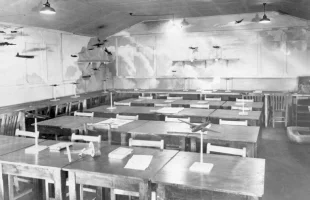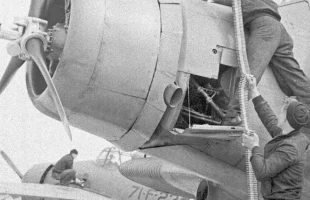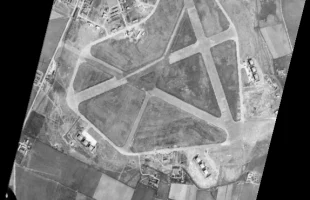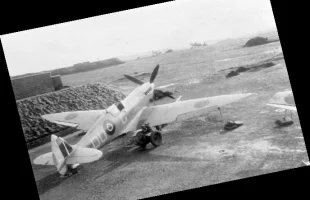World War II – Defending Scapa Flow
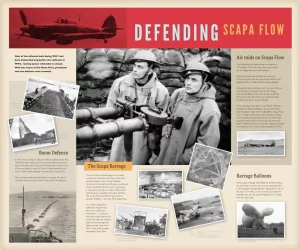
Most of the defences built during WW1 had been dismantled long before the outbreak of WW2, leaving Lyness vulnerable to attack. With the return of the Home Fleet, protection and new defences were essential.
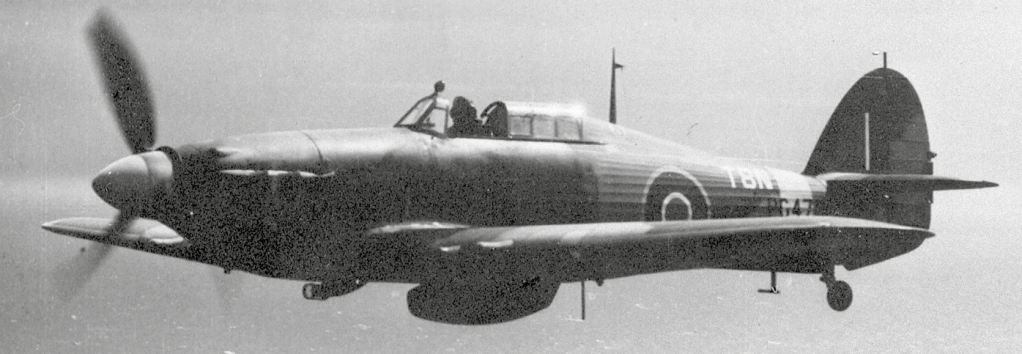
Boom Defence
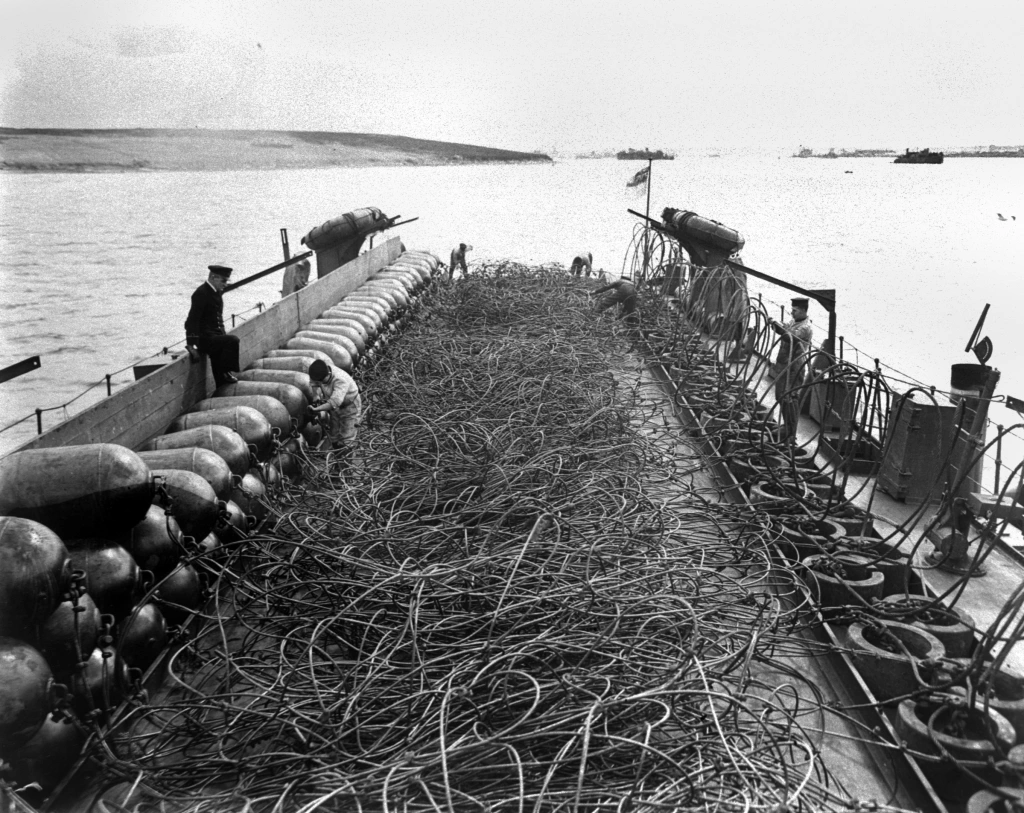
In 1937 work star ted on a Boom Defence Depot and by May 1939 there were booms across the three main entrances to Scapa Flow. After the sinking of HMS Royal Oak a second line of net was added.
In total, 6.52 miles of anti-submarine net and 6.1 miles of anti-torpedo net were laid in Scapa Flow. The nets were made and maintained on a large, flat slab of concrete which can still be seen in front of the Pumphouse
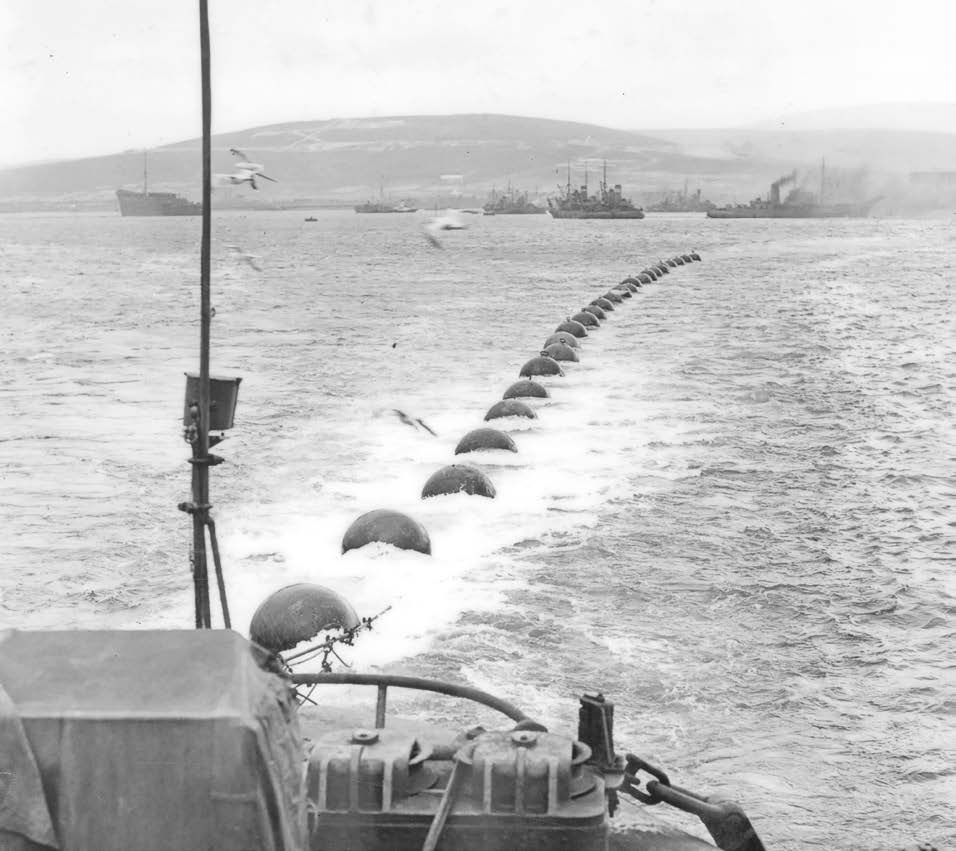
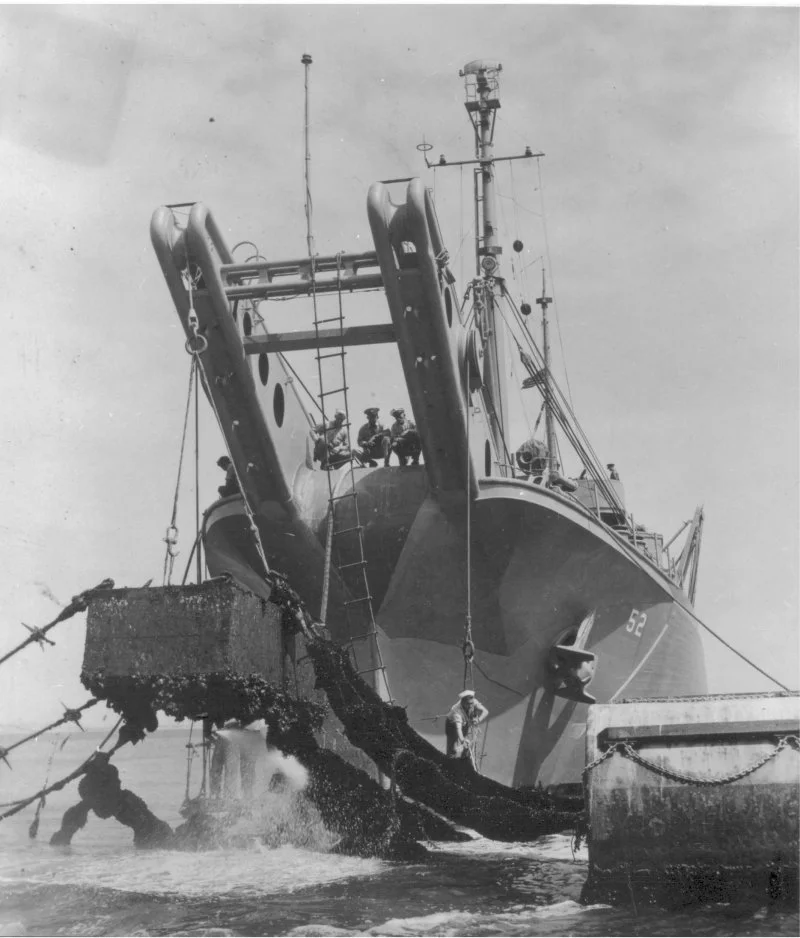
Air raids on Scapa Flow
The threat from air attack became a reality on 17 October 1939 when two raids were carried out on Scapa Flow and the fleet base.
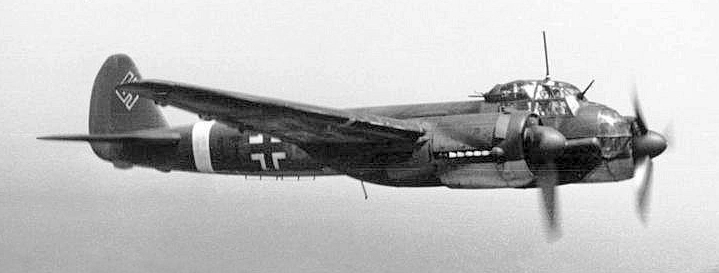
Most of the fleet had left after the sinking of HMS Royal Oak a few days earlier, but Jellicoe’s old flagship, HMS Iron Duke, suffered severe damage.
Manning the anti-aircraft guns on Hoy were Orkney and Caithness Territorial Army, the 226 Heavy Anti-Aircraft Battery. They hit a Junkers Ju 88: the first German aircraft of the war to be shot down on British soil by an anti-aircraft gun.

The air raid that took place on 16 March 1940 was recorded by British intelligence as one of the best planned attacks made by the Luftwaffe on Scapa Flow In all, 120 high explosive and 500 incendiary bombs were dropped that evening.
Twenty-two of the high explosive bombs fell around the few houses at the Brig O’ Waithe, Stenness. During this raid James Isbister was killed, the first civilian air-raid casualty of WW2.
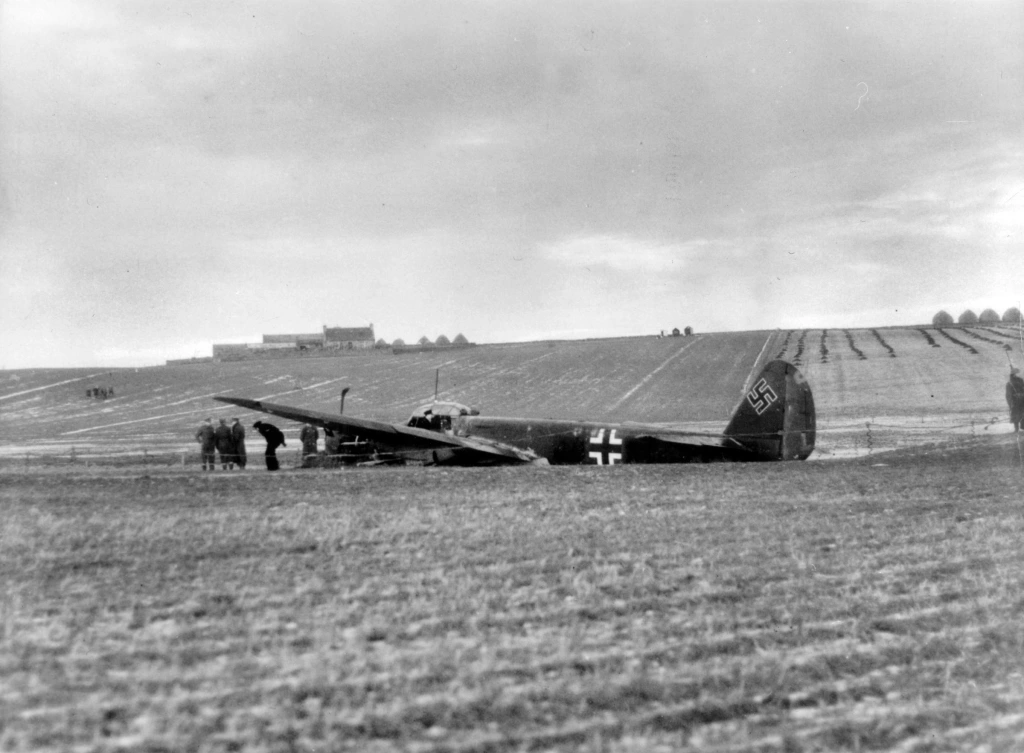
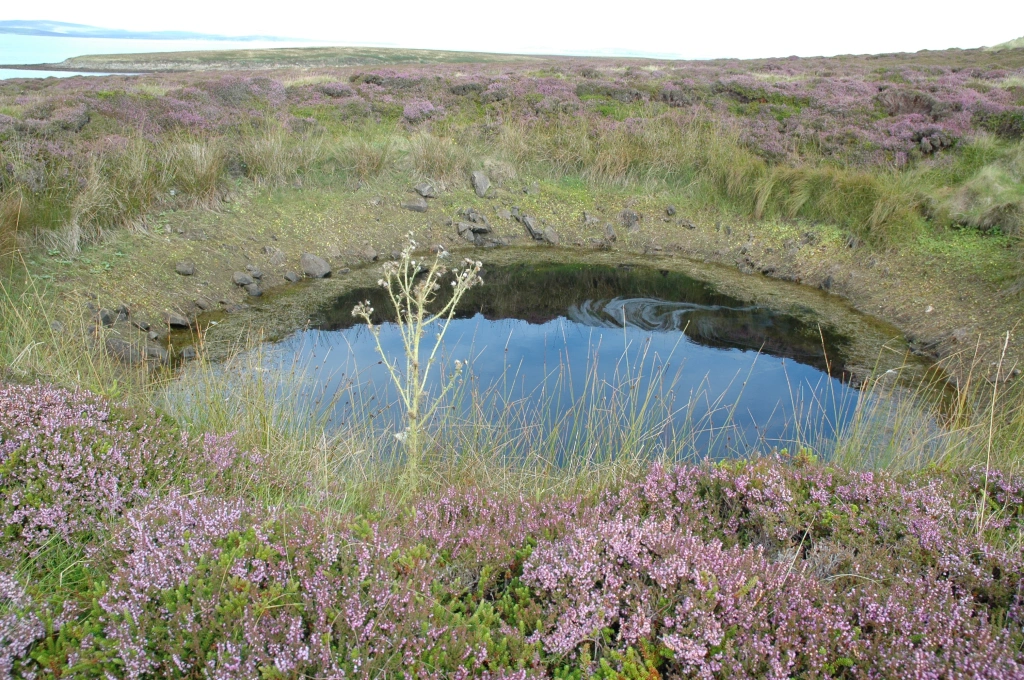
The Scapa Barrage
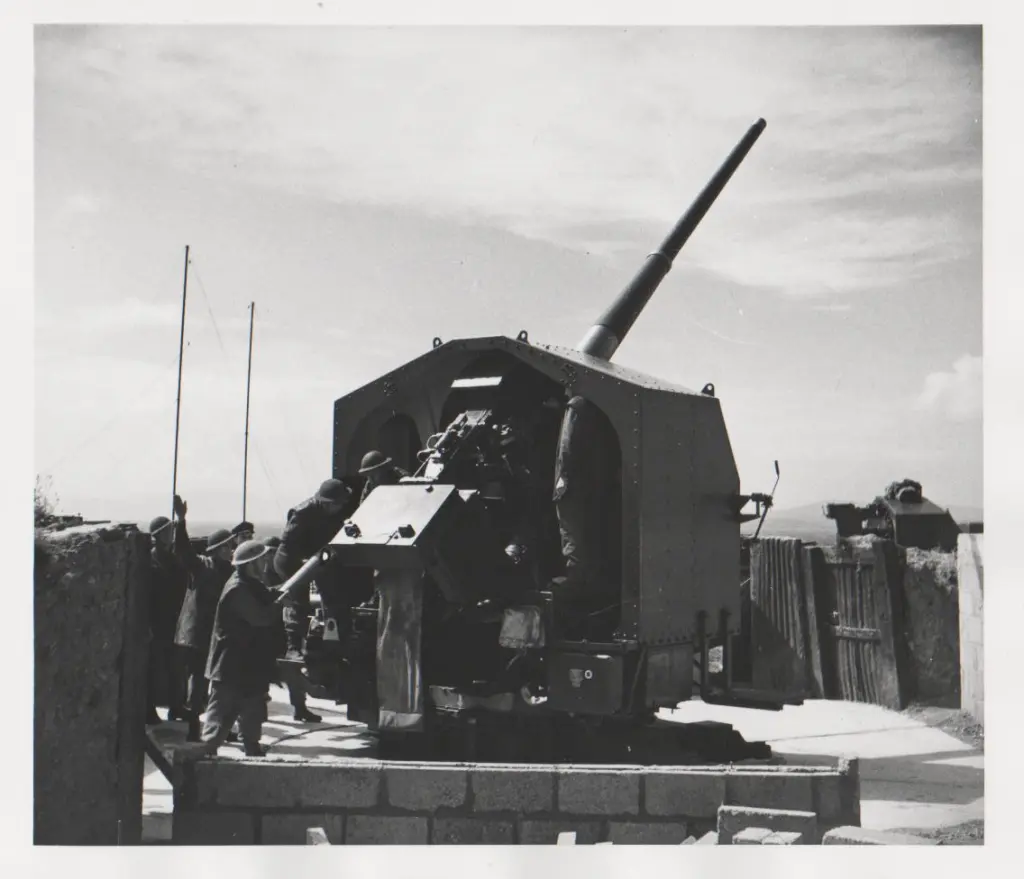
The aim of the Scapa Barrage was to create a curtain of exploding shells that would force German bombers to fly at high altitude . To achieve this, all anti-aircraft guns, on land and at sea, coordinated their fire at a set bearing. It was put to the test on 2 April 1940 when it opened up on a squadron of twelve bombers.
The noise of anti-aircraft fire was heard in Lerwick, Shetland – 125 miles from Scapa Flow.
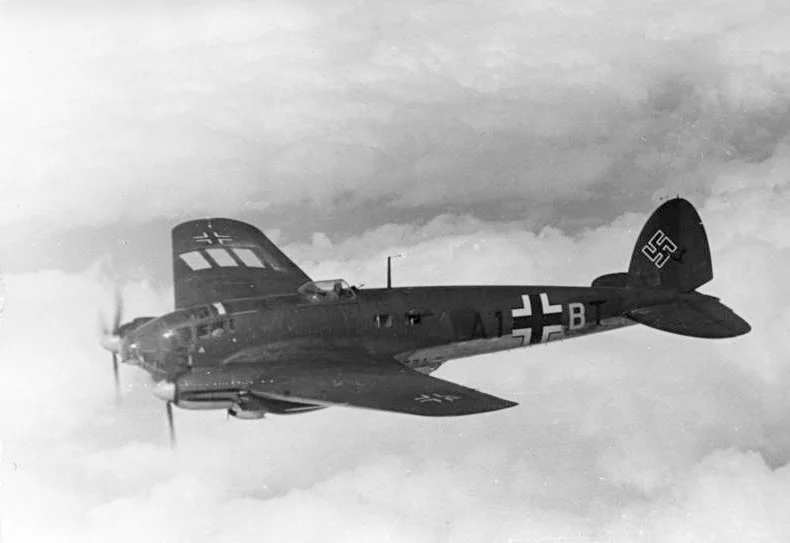
On 10 April Scapa Flow suffered its heaviest raid when sixty Ju 88s and Heinkel He 111s tried to knock the Naval base out of action. The raid was a failure, thanks to the barrage and fighter aircraft cover from Wick.
It was the last major raid against Scapa Flow.
Barrage Balloons
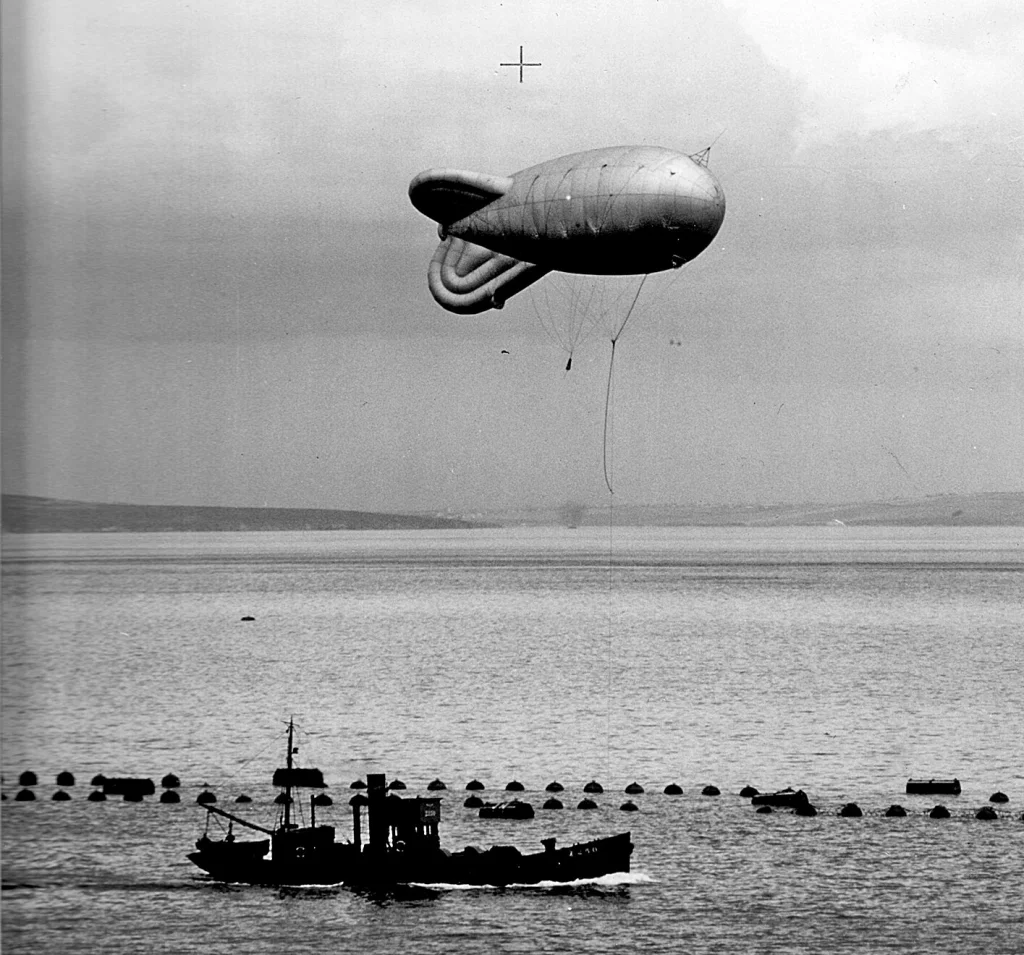
These large, hydrogen filled balloons hindered enemy aircraft trying to make a low and accurate approach to their targets. Barrage Balloon Headquarters was at the top of Ore Brae, Lyness. A production plant for hydrogen gas was set up at Rinnigill, across Ore Bay from the main base.
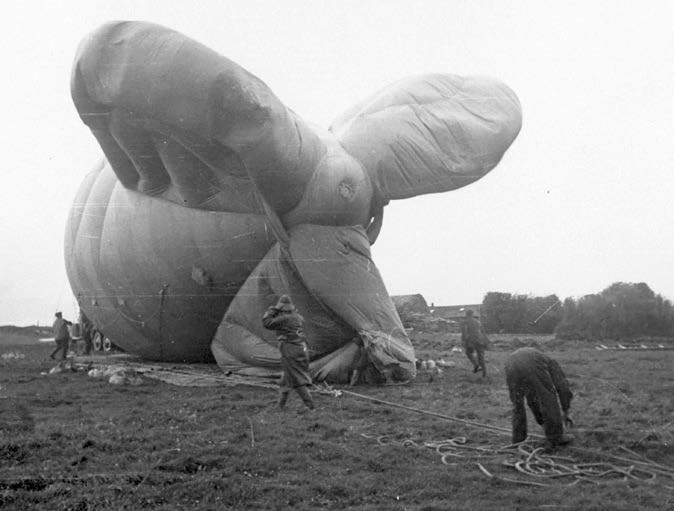
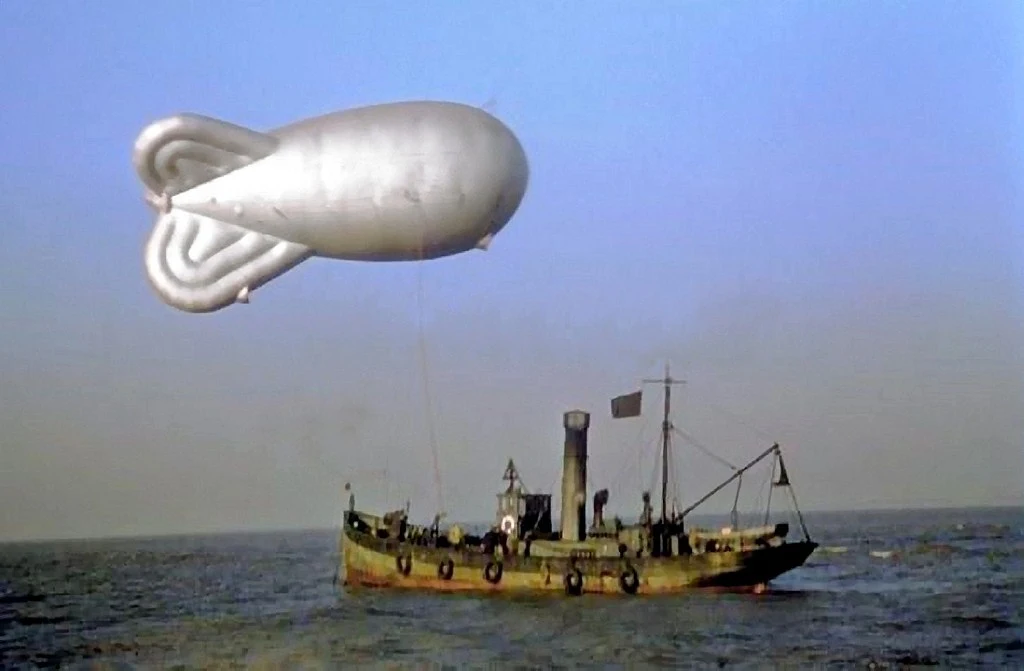
Scapa Flow Museum is currently closed for a major refurbishment project, funded by Orkney Islands Council, National Lottery Heritage Fund, Historic Environment Scotland, Highlands and Islands Enterprise, Museums Galleries Scotland, Scottish Natural Heritage and the Orkney LEADER fund. The project includes carrying out essential repairs to Pumphouse No. 1 and building an extension to house a new gallery, visitor facilities and café.
Visitors can virtually explore the buildings and former exhibitions at www.hoydrone.com/museum, a 3600 photo record of the main site museum site.
The Island of Hoy Development Trust website www.hoyorkney.com has a large Wartime Heritage section focusing on the WW2 history of Hoy.

